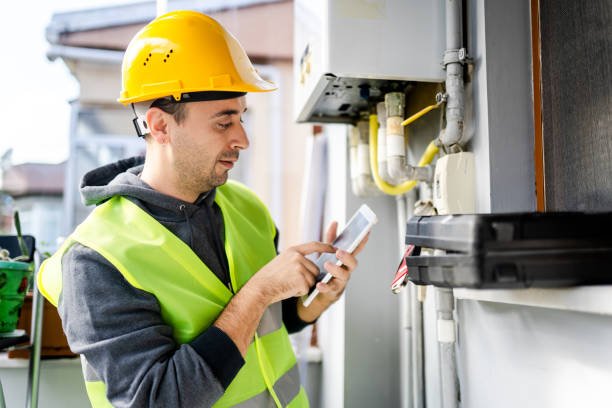Now we are well into autumn, the need for anyone with inefficient heating to have something done about it will be pressing. Boiler repair work may be required if your heating is not working as it should.
The issuer can be more pertinent if you have a building, be it residential or for other use, that is hard to heat. A good example of this is an older building, perhaps listed or subject to some other heritage protection such as being in a conservation area. This limits how many modifications can be made and can leave it with inconvenient features such as high ceilings.
In the past, this would have applied in some homes to help ensure any smoke from fires had more space to dissipate, but other buildings may have had extra vertical space for other reasons; for instance, churches have been classically designed with acoustics in mind.
To high ceilings may be added elements like stone construction, as well as large (usually stained glass) windows.
The issue of how to heat such buildings is one requiring a lot of consideration, since the costs can be high and funds limited. At the same time, not providing heating can make it an unwelcoming and potentially unhealthy environment for those using the building.
As the Earthbound Report of 2018 noted, all this posed a challenge, not just on cost grounds, but also for other targets such as the Church of England’s aim to reduce its carbon footprint by 80 per cent by 2050.
As the report noted, the issue is that churches were not designed to be heated when they were first built, with services being shorter and congregations tending to stand, wrapped up warm if the weather was cold. Only so much can be changed, especially in buildings with heritage protections in place like listing.
In time, pews and longer services came with retrofitting, as first coal and then later gas provided heating to make buildings more comfortable. But clearly, this comes at a cost.
In seeking to shape and update its guidance for church buildings, the Church of England acknowledged that keeping people comfortable indoors “whilst cutting our greenhouse gas emissions and conserving historic interiors creates specific technical challenges for church buildings”. The same will, of course, apply to churches of other denominations.
While the challenge for a religious institution may prove tricky because its buildings will vary in age, construction materials, size and other aspects – which makes collective targets on energy use harder to meet – even individual building owners may have struggles.
Listed buildings can be hard to change to make them more energy efficient and this is a problem in areas like insulation.
Since most buildings do not have cavities that can be filled with foam, the alternatives are either to retrofit the inside or the outside with insulated layers. But if a building is listed this may not be possible and you will at the very least have to apply for listed building consent to have any work done.
With all this in mind, it is clear that when it comes to energy efficiency in some buildings, the most effective step that can be taken is to make sure the gas boiler is serviced and, if needs be, repaired or replaced.

